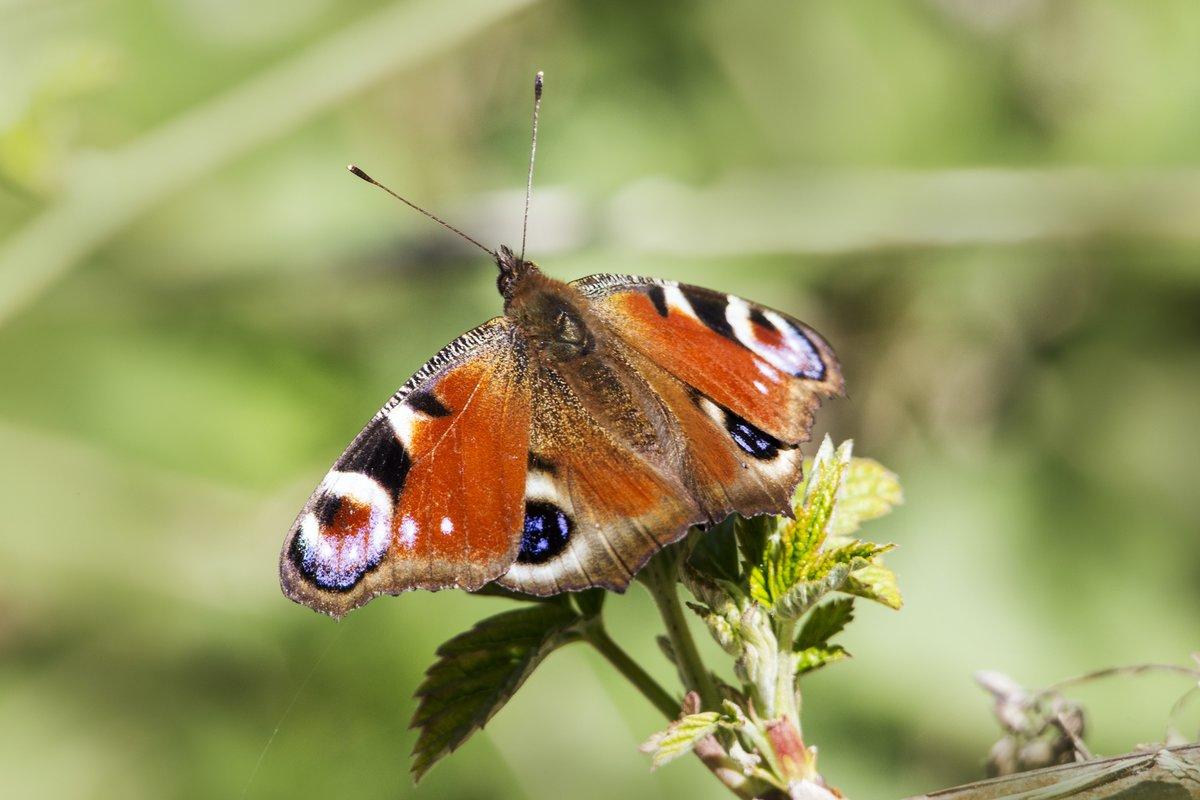AUTHORS: Giulia Costa Domingo – Evelyn Underwood – Ingolf Steffan-Dewenter (University of Würzburg) – Simon Potts (University of Reading) – Ignasi Bartomeus (CSIC)
The European Commission held a public consultation to collect views on the implementation of the EU Pollinators Initiative and gather suggestions on how to strengthen the current framework on wild pollinators to meet its long-term objective to reverse the decline of pollinators by 2030.
This consultation, which closed on 9 June, followed the announcement of the EU’s Biodiversity Strategy to 2030, to strengthen EU actions to protect wild pollinators.
IEEP have submitted, with the Safeguard project consortium, a response to the public consultation on the revision of the EU Pollinators Initiative.
Building on the extensive work on pollinator conservation and inputs from pollinator experts within the EU Horizon-2020 project Safeguard, IEEP’s submission to the public consultation put forward recommendations to the Commission.
IEEP and Safeguard key recommendations for each of the three key pillars of the current EU Pollinator Initiative are:
1. Improving our knowledge on pollinator decline, its causes, and consequences
- Providing funding and support to fill knowledge gaps and addressing key research needs: overlooked pollinator groups, forest habitats for pollinators, pollination service trends, indicators for pollination, monitoring pressures and effectiveness of mitigation actions, under-researched threats, combined, interactive, cumulative, and long-term threats, non-economic values in decision making, and pollinators in EU overseas territories and beyond.
- Investing on digitalising pollinator collections hosted in EU museums.
- Using the European Red Lists of pollinators (bees, butterflies, hoverflies, and moths) to define Key Biodiversity Areas for wild pollinators in the EU.
- Linking the EU pollinator monitoring scheme to monitoring of pressures.
- Establishing an expert group on invasive alien species and pollinators.
2. Tackling the causes of pollinator decline
- Ensuring that protected area expansion to reach the EU Biodiversity Strategy target of protecting 30% of EU land considers the protection of endangered pollinator species and habitats.
- Ensuring that the EU Nature Restoration Law delivers for wild pollinators. Providing additional resources to make sure the EU action plans for pollinator groups and habitats drive habitat restoration and protection, improve management, and filling knowledge gaps.
- Strengthening the protection of pollinator species and habitat in and around farmland, by ensuring that CAP strategic plans for this funding period are helping reverse pollinator declines, and that steps are taken to ensure the next CAP strengthens support for pollinator-friendly farming.
- Supporting cities and regions to integrate pollinator conservation in their urban greening plans. Planting trees in urban areas will contribute to meeting the EU Green Deal Goal of planting three billion additional trees by 2030: cities should consider pollinator species and habitat needs when selecting tree species and locations.
- Member States should improve the consideration of pollinators in revised national action plans for the sustainable use of pesticides. Reducing the impacts of pesticide use on pollinators through IPM, targeted pesticide reductions, training and awareness including farm advisory systems.
- More action to address threats from the increasing movement of commercial pollinators throughout Europe is needed.
3. Raising awareness on pollinator decline, engaging society and promoting collaborations
- New guidance should be produced on how to manage protected areas sites for pollinators.
- The EU Pollinators Information Hive is a relevant resource which should be regularly updated and integrated with new EU pollinator initiatives to ensure it implements the goal to facilitate knowledge sharing.
- The Committee of the regions, in line with their opinion on the EU Pollinator Initiative, should be regarded as an important ally in the implementation and monitoring of the EU Pollinator Initiative.
- More guidance, support, and resources are needed for national and local pollinator strategy development.
For more details, please consult our submission to the public consultation.
© Photo by Erik Karits on Unsplash

